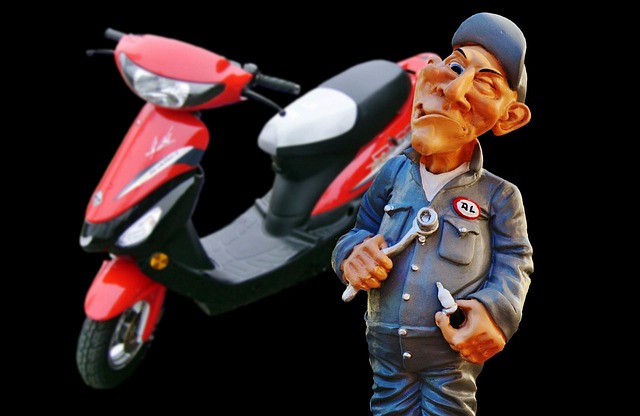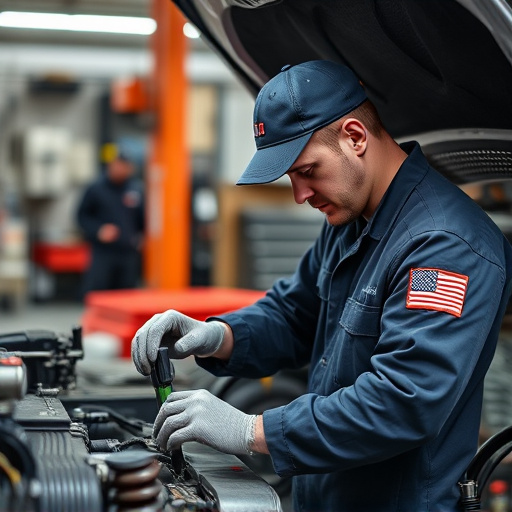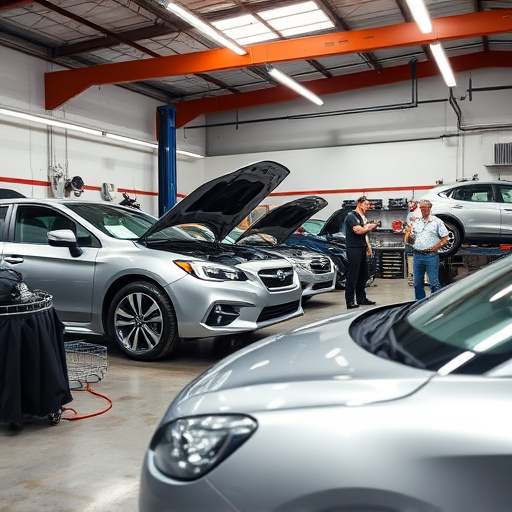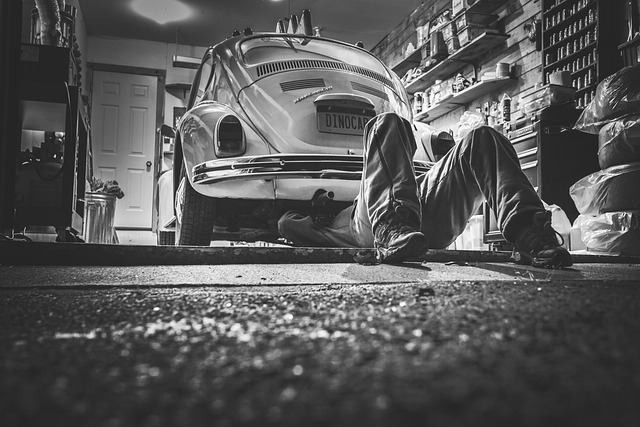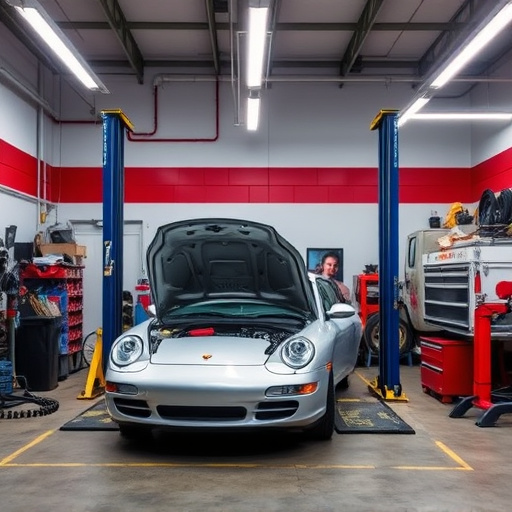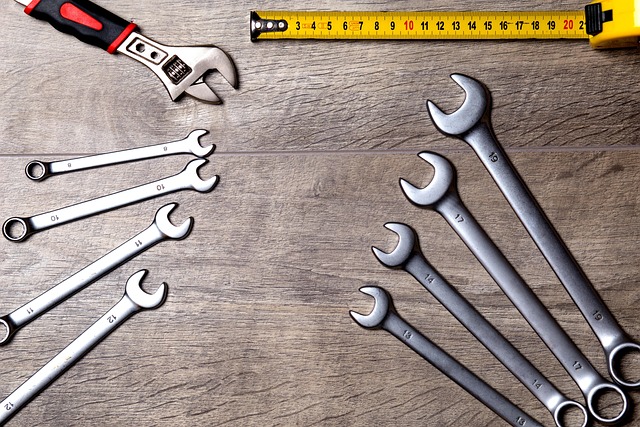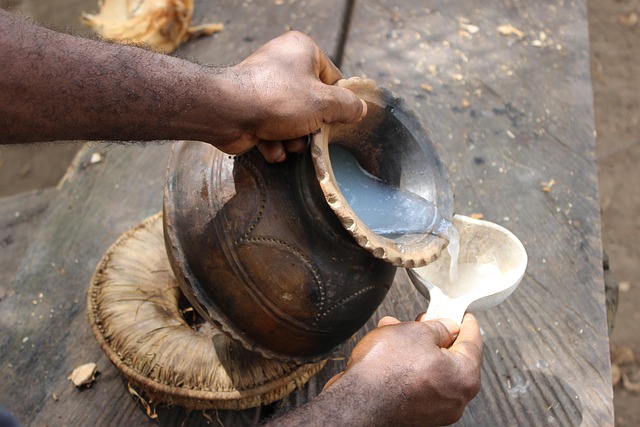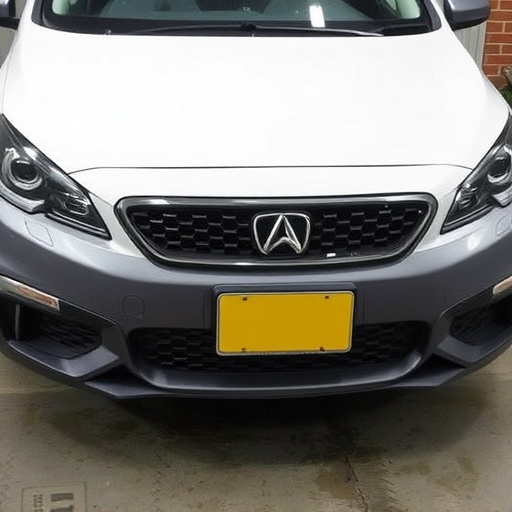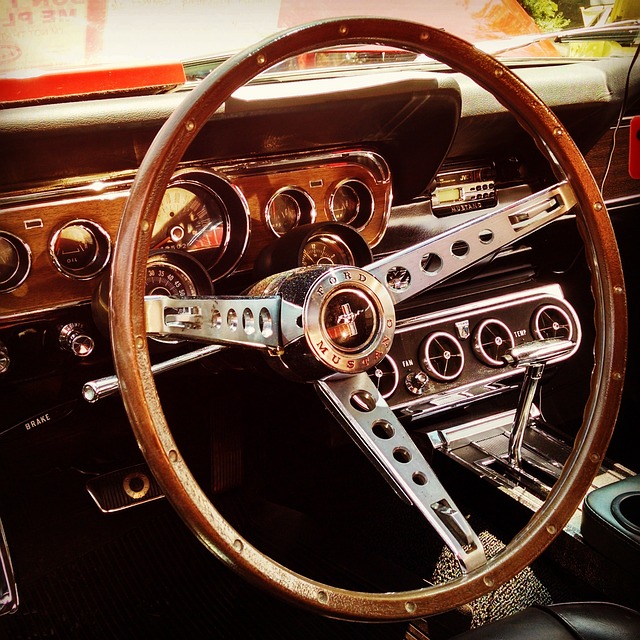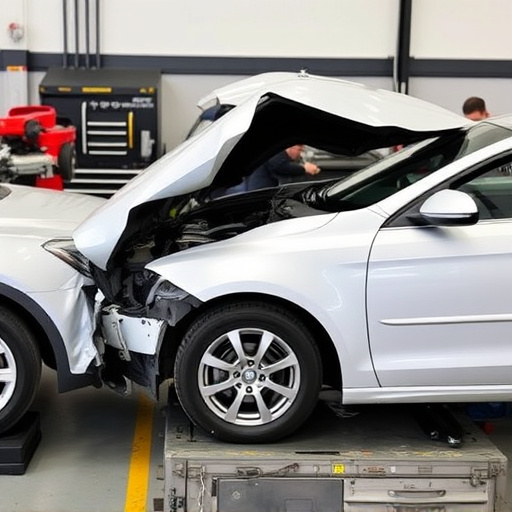Seasonal weather patterns significantly impact local collision repair services. Extreme weather events like storms and snow disrupt operations, cause power outages affecting critical equipment, and lead to longer repair times. Varying temperatures influence both the repair process and final product quality. Winter's heavy snowfall and icy roads strain resources, causing longer wait times; spring and summer bring higher traffic volumes. Efficient operations, agile strategies, and effective planning are crucial for local collision repair shops to meet customer expectations despite unpredictable weather conditions.
“The weather can significantly impact local collision repair timelines, adding complexity to an already demanding industry. In this article, we delve into how seasonal fluctuations and extreme weather events affect repair processes. From longer wait times during bustling seasons to the delicate balance of severe storms, understanding these factors is crucial for optimizing local collision repair services. Discover practical strategies to adapt and streamline operations in the face of unpredictable climate changes.”
- The Impact of Seasonal Weather on Collision Repair
- – How different seasons contribute to longer wait times and challenges in local collision repair shops.
- Extreme Weather Events and Repairs: A Delicate Balance
The Impact of Seasonal Weather on Collision Repair

The seasonal weather patterns can significantly influence local collision repair timelines. Extreme weather events, such as heavy storms or prolonged periods of snow and ice, often disrupt the usual workflow in auto body shops. These conditions may cause power outages, making it challenging to operate essential equipment like spray guns for car paint services and drying systems required for auto body painting. As a result, collision repairs might take longer than expected during these seasons.
Additionally, varying temperatures can impact the quality of both the repair process and the final product. Extreme heat or cold can affect the viscosity of paints and adhesives used in car paint repair, potentially leading to less-than-ideal outcomes. This weather-related variability underscores the importance of effective planning and communication between collision repair facilities and their clients, especially when dealing with local collision repair services.
– How different seasons contribute to longer wait times and challenges in local collision repair shops.
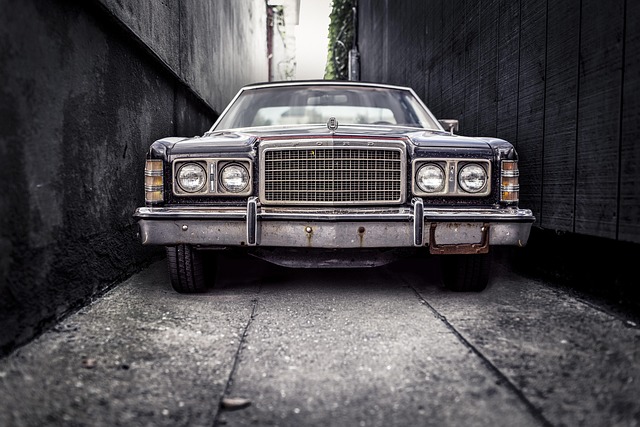
The changing seasons significantly impact local collision repair timelines. During peak winter months, heavier snowfall and icy roads lead to an increase in vehicle accidents, straining resources at auto collision centers. This surge in demand often results in longer wait times for customers seeking car bodywork services, particularly for fender repair, as shops work through backlogs.
Spring and summer bring their own challenges. Warmer temperatures can accelerate the drying process for certain repairs, but they also contribute to higher traffic volumes, increasing the likelihood of accidents. This dual factor keeps local collision repair shops busy throughout the year, requiring efficient operations to meet customer expectations and ensure swift turnaround times for services like fender repair and other car bodywork needs.
Extreme Weather Events and Repairs: A Delicate Balance

Extreme weather events pose a unique challenge for local collision repair services. Heavy storms, blizzards, and floods can disrupt operations, causing delays in parts availability and workforce accessibility. These natural occurrences often lead to increased demand for emergency repairs, putting immense pressure on auto repair shops and vehicle body shops to balance urgent needs with the delicate process of vehicle paint repair.
The impact extends beyond physical damage to vehicles; extreme weather also affects the overall timeline of collision repair. Delays in getting parts due to transportation disruptions or bad weather conditions can prolong the restoration process, causing further inconvenience for clients. Consequently, local collision repair businesses must be agile and adaptable, implementing strategies to mitigate weather-related delays and ensure efficient service despite these unpredictable events.
Weather plays a significant role in shaping the timelines and operations of local collision repair services. Seasonal variations lead to increased demand and unique challenges, impacting wait times and resource allocation. Extreme weather events further complicate matters, requiring delicate balance and adaptability from repair shops. Understanding these weather-related influences is essential for local collision repair businesses to optimize efficiency and better serve their customers throughout the year.
